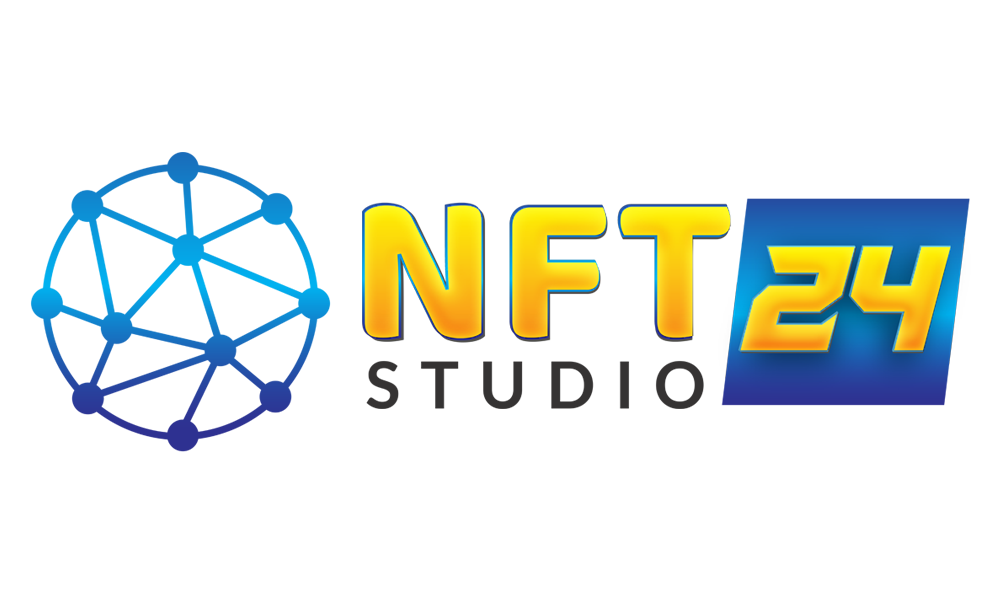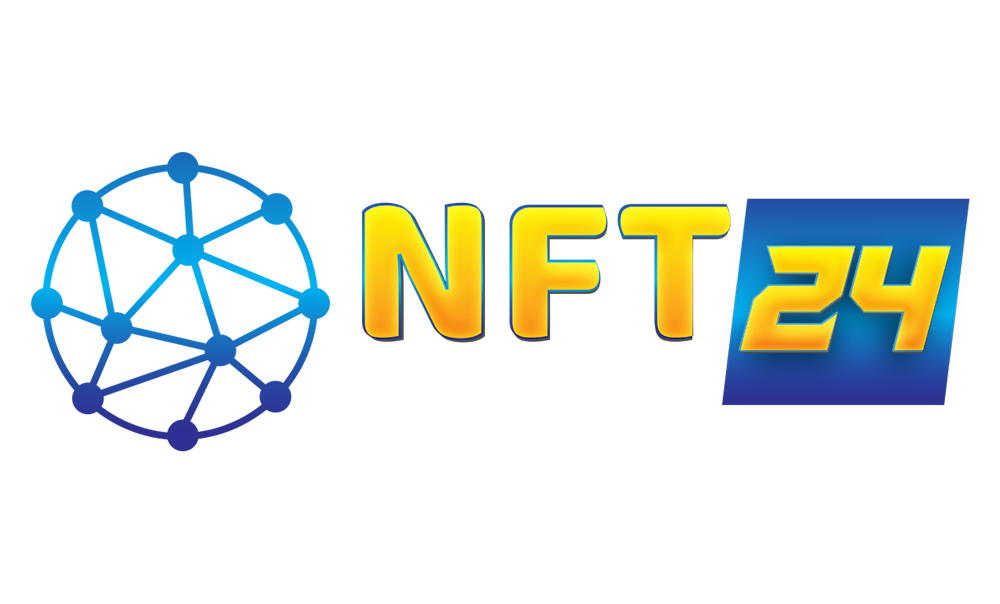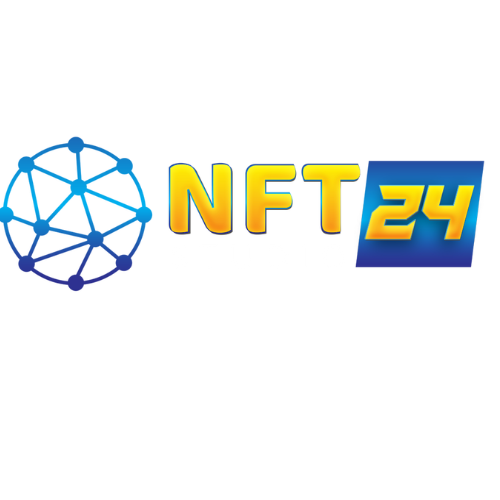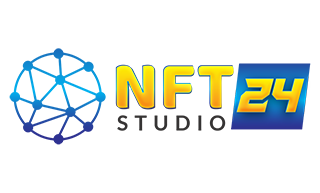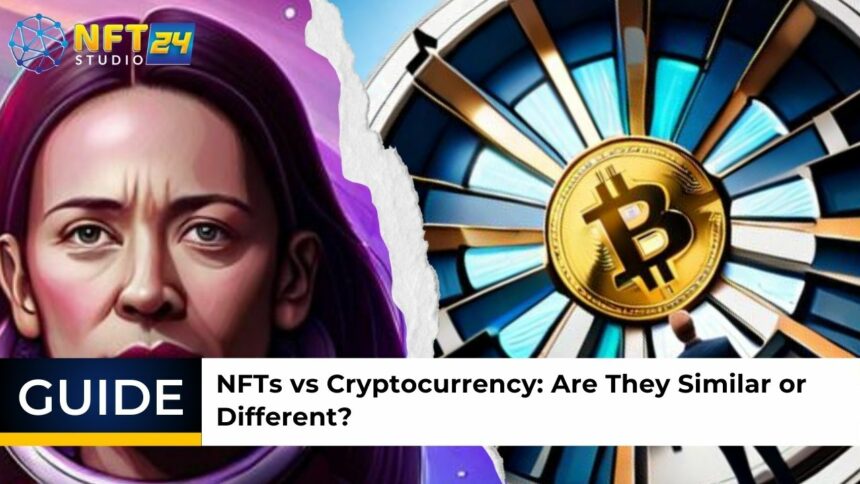The world is seeing a remarkable digital transformation, from the revolutionary
success of cryptocurrencies like Bitcoin and Ethereum to the mind-boggling sums
garnered by NFTs for digital art, music, and collectibles. But what distinguishes
cryptocurrencies from NFTs? Let’s look at the differences between cryptocurrencies
and NFTs.
With the development of Bitcoin and NFTs in recent years, the digital environment
has undergone seismic upheaval. These blockchain-powered digital assets have
emerged as game changers. This upended old financial structures and changed our
perceptions of ownership and value.
What Are Cryptocurrencies?
Cryptocurrency, an abbreviation for “cryptographic currency,” is a type of digital
money that employs cryptography to safeguard transactions. It also works on a
decentralized network, and is often used as a medium of exchange.
In recent news, the cryptocurrency has gained increased mainstream acceptance,
with major companies such as Tesla, MicroStrategy, and PayPal announcing
investments in Bitcoin.
Furthermore, Ethereum, the second-largest cryptocurrency by market value, has
made news for its blockchain technological breakthroughs. Shapella, a future
software patch to the Ethereum blockchain that will be available in April 2023, will
allow market participants to redeem their “staked ether.” These are coins that they
have put and locked up on the network in exchange for interest during the last three
years.
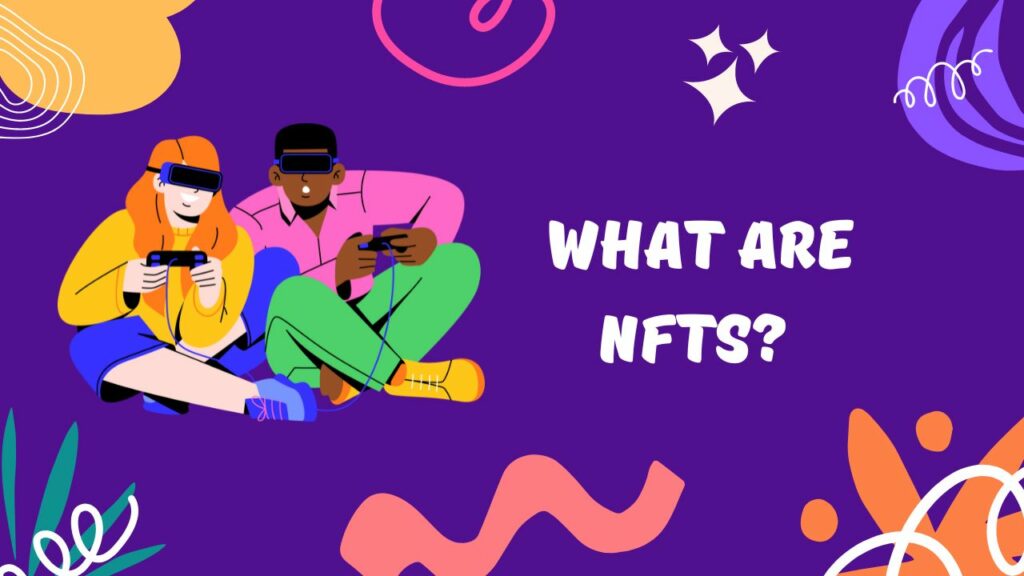
What Are NFTs?
NFT, on the other hand, stands for “non-fungible token” and symbolizes a one-of-a-
kind, indivisible digital asset that leverages blockchain technology to establish
ownership and provenance.
Because of its possibilities in digital art, collectibles, virtual real estate, gaming, and
other sectors, NFTs have sparked a lot of attention in recent years. The art world has
taken notice of NFTs, with some high-profile transactions generating headlines.
For instance, in March 2021, an NFT artwork by artist Beeple sold for a staggering
$69.3 million at a Christie’s auction, marking a historic moment for NFTs and digital
art.
How Is Blockchain Related To NFTs And Cryptocurrency
A blockchain is a decentralized and distributed digital ledger that securely,
transparently, and tamper-proof records transactions across various nodes or
computers.
Each transaction is added to a block and subsequently linked together to form a
blockchain using cryptographic processes. Once a transaction is recorded on a
blockchain, it cannot be modified or erased, making it highly secure and reliable.
Blockchain technology is inextricably linked to NFTs and cryptocurrencies since it
provides the underlying infrastructure for these digital assets. NFTs use blockchain
to create digital asset ownership, provenance, and scarcity.
Cryptocurrencies use blockchain for secure and transparent transaction processing.
NFTs and cryptocurrencies use the decentralized feature of blockchain to eliminate
the need for intermediaries such as banks or marketplaces and enable trustless
peer-to-peer transactions.
NFTs vs Cryptocurrency: How Are They Different?
The fungibility of cryptocurrencies and NFTs is one of the fundamental contrasts.
Cryptocurrencies are often fungible, which means that one unit of the same value
may be swapped for another unit of the same value.
NFTs are distinct and non-interchangeable since they are unique and indivisible.
This one-of-a-kindness is one of the significant reasons digital tokens have gained
popularity in the digital art industry. Here artists can make and sell one-of-a-kind
digital artworks as Non-Fungible Tokens, establishing ownership and value.
Another distinction between cryptocurrencies and NFTs is divisibility.
Cryptocurrencies are divisible. They can be divided into smaller parts. Bitcoin, for
example, may be broken into satoshis, the smallest unit of Bitcoin.
Non-fungible tokens are indivisible and cannot be broken down into smaller units.
Each NFT represents a real digital asset, such as a digital artwork or a virtual
property, which makes them unique and distinct.
Navigating Digital Tokens: Ownership on the Blockchain
They may be transferred between parties via blockchain transactions. NFTs are
commonly used to represent ownership of digital assets. Possession of the NFT,
however, does not automatically indicate ownership of the underlying digital asset.
Blockchain transactions may also be used to transmit non-fungible tokens.
On the other hand, the license and transfer of NFTs are separate from the right and
transfer of the digital asset represented by digital tokens. Regarding uses, bitcoin
has acted chiefly as a medium of exchange, a store of wealth, and an investment
asset. It has gained popularity as a speculative investment, an alternative currency,
and an inflation hedge.
NFTs have found use in various sectors, including digital art, collectibles, virtual real
estate, gaming, and others. NFTs provide creators with a one-of-a-kind option to
monetize their digital works, establish ownership, and create scarcity in the digital
realm.
Finally, liquidity is another differentiator between cryptocurrencies and NFTs.
Because cryptocurrencies are frequently more liquid, they may be bought, sold, and
swapped on numerous cryptocurrency exchanges.
Because the value of the underlying digital asset is regularly changed by factors
such as demand, scarcity, and popularity, NFTs may need more liquidity. They may
also have different market dynamics and trading methods than cryptocurrencies.
This might have an impact on their liquidity.
How are cryptocurrencies and NFTs valued?
The value of cryptocurrency is determined by market demand, supply, and other
variables like technology, acceptance, and regulatory changes. Market forces
primarily drive cryptocurrency values and may be quite volatile.
Non-Fungible Tokens are valued based on the digital asset being represented by
originality, rarity, and attractiveness. The value of NFTs is derived from the
ownership of a particular digital asset or content and the perceived worth of
collectors or investors.
Are there any regulatory differences between cryptocurrencies and NFTs?
Different jurisdictions have different regulatory systems in place for cryptocurrencies
and NFTs. Cryptocurrencies are commonly regulated as digital assets or currencies,
with additional regulation depending on the country.
In contrast, digital tokens are a new phenomenon with an evolving regulatory stance.
Understanding the regulatory environment in your location is crucial when working
with cryptocurrencies or NFTs.
For example, the Japan Finance Service Agency has published a legislative
framework that distinguishes between fungible and non-fungible tokens. The
purpose is to explain the distinction and adequately control them.
Are cryptocurrencies and NFTs subject to taxes?
Yes, cryptocurrencies and NFTs are generally taxed; however, the same tax
treatment may vary based on your area.
Cryptocurrencies are frequently classed as property or capital assets for tax
purposes, and transactions involving cryptocurrencies may be subject to capital
gains tax, income tax, or other applicable taxes.
NFTs are taxed similarly, and acquiring, selling, or trading NFTs may result in tax
obligations.
Are cryptocurrencies and NFTs safe?
Because of its decentralized and encrypted nature, blockchain technology is used to
store cryptocurrencies and NFTs. However, cryptocurrencies and NFTs are not
without hazards like theft, fraud, and scams. Implementing appropriate security
precautions, such as utilizing secure wallets, practicing good password hygiene, and
being wary of phishing attempts or fraudulent schemes, is critical.
Similarities Between NFTs And Cryptocurrency
With the introduction of cryptocurrencies and NFTs (Non-Fungible Tokens) in recent
years, digital assets have grown.
While their use cases and functionality are diverse, there are some striking parallels
between these two types of digital assets. Blockchain technology, a decentralized
and distributed digital ledger, is used by NFTs and cryptocurrencies.
Blockchain allows for the safe and transparent recording of transactions and
ownership and the creation of a verifiable and tamper-proof record. Blockchain is
utilized in the case of cryptocurrencies to establish and operate a decentralized
ledger that records transactions of digital currency units.
Similarly, to prove ownership, provenance, and royalties for unique digital assets,
NFTs are generated and maintained on blockchain networks such as Ethereum.
They rely instead on blockchain networks dispersed over several nodes or
computers, making them immune to censorship and single-point-of-failure issues.
Decentralization improves openness, security, and accessibility by allowing
individuals to govern their digital assets without needing mediators.
Current Market Trends for NFTs:
NFTs have piqued the interest of the art and collectibles sectors, with high-profile
transactions involving digital artworks and artifacts making headlines. NFTs have
opened up new ways for artists, singers, and producers to sell their digital works and
get recognition in the digital art world.
Other than digital art, NFTs are utilized for virtual real estate, virtual merchandise in
video games, digital identities, and so on. NFTs validate digital asset ownership,
validity, and scarcity, creating new opportunities for digital ownership and value
production.
The most popular collections currently trending on the OpenSea, the biggest and
oldest NFT marketplace are
● Bored Ape Yacht Club
● CryptoPunks
● Moonbirds
● Doodles
● Goblintown.wtf
● Reddit Avatars
● many more
Disney is actively joining the trend by releasing its own editions of digital collectibles.
In partnership with the VeVe app, the company has sold out collections of Marvel
Heroes, Disney Villans, Mickey Mouse & Friends, Pixar characters, and many more.
Despite the increased interest in NFTs, there are obstacles, such as a need for more
standardization, regulatory uncertainty, and worries about the environmental effect of
blockchain networks because of their high energy consumption. These obstacles
may influence the market’s acceptance and growth of NFTs.
Current Market Trends for Cryptocurrencies:
In recent years, there has been considerable growth in institutional acceptance of
cryptocurrencies, with many important financial institutions, hedge funds, and
corporations investing in cryptocurrencies as a store of value, inflation hedge, and
portfolio diversification.
This has increased the legitimacy and public acceptance of cryptocurrencies,
propelling their market expansion. Bitcoin, the first and most well-known
cryptocurrency, has seen its market valuation skyrocket, reaching more than $1
trillion in April 2023.
The owner of Tesla Elon Musk has predicted bitcoin “will make it”—but he did warn
us that the price of bitcoin could be in for a “long winter.” He further added that
dogecoin’s eventual success “goes without saying.”

Risk Factors and Considerations for Cryptocurrency and NFT Investments
- When investing in cryptocurrencies and NFTs, it’s critical to understand then risks and concerns. Cryptocurrencies and NFTs are notorious for their pricenvolatility, with values fluctuating substantially quickly. Market mood, legislative changes, technical improvements, and other variables can influence the value of cryptocurrencies and NFTs. This potentially results in investment losses.
- The enthusiasm and buzz around cryptocurrencies and NFTs can often lead
to market speculation and investor FOMO. It is critical to base investing
decisions on thorough study, analysis, and risk assessment rather than falling
to market speculation or FOMO. This can lead to rash and unsafe investment
decisions.
- Unlike traditional assets like stocks or real estate, the value of
cryptocurrencies and Non-Fungible Tokens is determined by market demand
and emotion. This makes choosing the inherent worth of cryptocurrencies and
NFTs difficult, and investors should be wary about investing in digital assets
primarily on speculative value.
- Furthermore, the energy consumption of blockchain networks used for
cryptocurrencies and NFTs has prompted environmental concerns because of
the substantial amount of electricity required for mining and transaction
processing. Investors should be aware of the possible environmental effect of
cryptocurrencies and NFTs and think about the long-term ramifications of their
investing decisions.
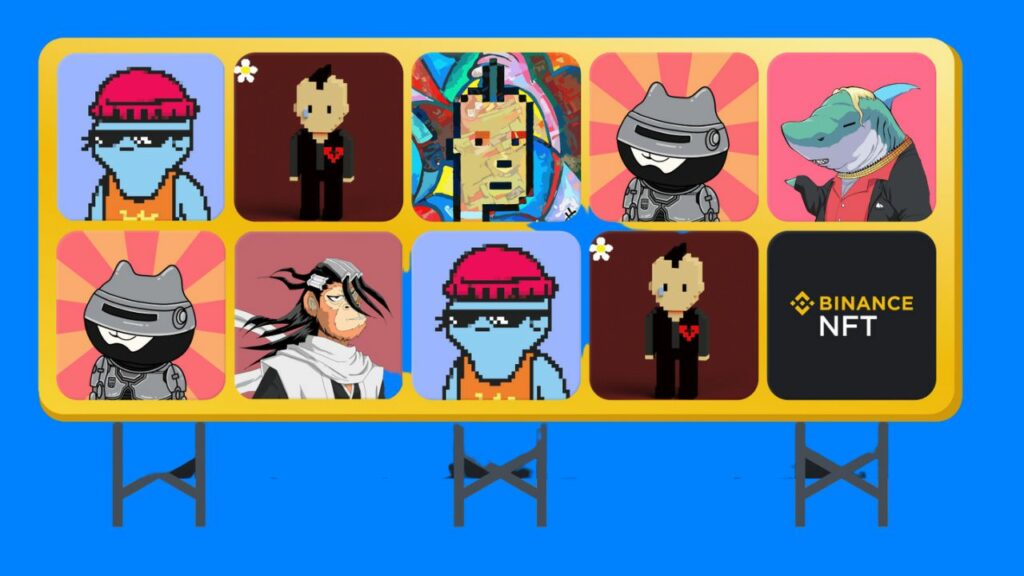
What Is the Future of Cryptocurrency and NFTs?
Investors, economists, technologists, and politicians are all speculating and debating
the future of cryptocurrencies and NFTs.
Cryptocurrencies and NFTs are becoming increasingly popular as more individuals,
businesses, and institutions see their potential for financial transactions and digital
asset ownership. Cryptocurrencies and non-fungible tokens may eventually gain
acceptance in traditional markets, driving demand and prices.
The blockchain technology that powers cryptocurrencies and NFTs is developing
and changing. Improved scalability, interoperability, and privacy features may
enhance the functioning and usability of cryptocurrencies and NFTs, making them
more accessible to a broader audience.
Cryptocurrencies are increasingly being integrated into traditional financial systems,
with established financial institutions, payment processors, and companies
investigating ways to include cryptocurrencies in their goods and services. This
might lead to the increased usage of cryptocurrencies for everyday transactions,
investing, and asset management.
NFTs have sparked considerable interest in the art, gaming, and digital media
industries, with artists, makers, and developers utilizing them for digital asset
ownership, provenance, and monetization. This trend has the potential to continue,
resulting in new income structures and business models for artists, producers, and
developers.
Here Are Some Of The Facts Regarding NFTs And Cryptocurrencies:
● Cryptocurrencies are digital or virtual currencies that utilize cryptography to
ensure safe transactions. In contrast, NFTs are one-of-a-kind digital assets
that reflect ownership of a digital object, generally through blockchain
technology.
● Bitcoin was the first cryptocurrency released in 2009, and NFTs attracted
widespread prominence in 2021 with high-profile digital art and collectibles
transactions.
● NFTs represent ownership of digital art, music, games, virtual real estate, and
other digital goods, whereas cryptocurrencies are often used to exchange,
store value, and invest.
● Cryptocurrencies are normally fungible, meaning one unit may be traded for
another. However, NFTs are non-fungible, meaning each one is unique and
cannot be swapped on a one-to-one basis.
NFT Virtual fashion items:
The fashion industry has always been on the front edge of innovation, and the
advent of non-fungible tokens has opened up a new frontier for digital fashion. The
virtual clothing business and NFTs complement each other exceedingly well. This is
why labels like Louis Vuitton, Chanel, and Dior utilize them.
Top NFT Games in 2023:
Digital token games use a combination of traditional gaming design and non-
traditional gaming mechanisms, which are typically centered on Non-Fungible
Tokens
Companies like Axie Infinity and The Sandbox, have successfully implemented NFTs
into their games, creating virtual worlds where players can buy, sell, and trade digital
assets using blockchain technology.
● Axie Infinity: Axie Infinity has emerged as a groundbreaking play-to-earn
crypto game universe that has captivated the gaming and crypto communities.
Its unique NFTs, NFT Marketplace, and play-to-earn model have positioned it
as one of the best-selling digital tokens projects, reshaping the gaming and
crypto landscapes.
● The Sandbox: The Sandbox is a decentralized virtual world and gaming
platform powered by blockchain technology. It allows users to create, share,
and monetize digital assets in a virtual environment. The Sandbox is
developed by Animoca Brands, a leading blockchain gaming company, and is
built on the Ethereum blockchain.
Get to know the Highest-Ranking Play To Earn NFT Games in 2023
Final words
To summarize, Cryptocurrencies and NFTs are new digital assets that have recently
gained popularity. While they have certain similarities, such as the use of blockchain
technology, their goals, functions, and value propositions are very different.
Bitcoin and Ethereum are digital currencies that may be used as a medium of
exchange, a store of value, or an investment. They are fungible, which means they
may be traded for another unit and can be used for transactions, assets, and as a
hedge against traditional financial markets.
However, NFTs are one-of-a-kind digital assets that reflect ownership of a particular
digital object, such as digital art, music, games, or virtual real estate. They are non-
fungible, meaning each is unique and cannot be swapped one for one.
